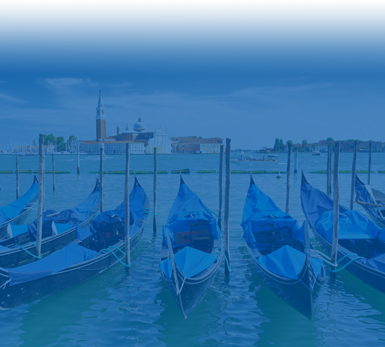Benefits of Having
a Fare Buzz Account

- Get great fares with over 450+ airlines, 100,000+ global hotels, rental car companies and vacation packages around the world

- Ability to book exclusive Fare Buzz deals

- Manage your travel on the go with the Fare Buzz app – Download

- Dedicated customer service

- Access to up-to-date customer reviews
Benefits of Having
a Fare Buzz Account
Registration process for InteleTravel members

- Go to https://www.farebuzz.com/#register. In the Travel Agents tab, register under InteleTravel Host Agency using your InteleTravel PIN # as your username. You will be approved instantly.

- When logging in make sure you enter your PIN # as your username and not your email.

- For International Travel you should still call or email for quotes since some negotiated deals are not available on the Booking Engine: intele@farebuzz.com or 1-888-808-4123
Click here
to see the Registration process video.
Please register for our
Live Webinar for a Walkthrough.
P.S. - Fare Buzz does not automatically pay commission on anything booked on our site. You must add your own commission.
Registration process forGoldrush Getaways members

- Send Email to vendor-registry@goldrushgetaways.com with the name of the vendor you are registering for in the subject line of your email.

- In your Email, also include Your Name, Member Number and Email address.
Registration process forCruise Planners members

- Enter your information on the registration form. Create your username and password, and Cruise Planners will approve you from their end.

- Once you have your credentials just click and book.

- For International Travel you should still call or email for quotes since some negotiated deals are not available on the Booking Engine: CP@farebuzz.com or 1-888-808-4123
Please register for our
Live Webinar for a Walkthrough.
P.S. - Fare Buzz does not automatically pay commission on anything booked on our site. You must add your own commission.
Registration process for KHM Travel members
Please register for our
Live Webinar for a Walkthrough.
P.S. - Fare Buzz does not automatically pay commission on anything booked on our site. You must add your own commission.
Registration process forLuxevo Vacations members
Please register for our
Live Webinar for a Walkthrough.
P.S. - Fare Buzz does not automatically pay commission on anything booked on our site. You must add your own commission.
Registration process forOutside Agents - Cruises and Tours Unlimited members

- Please use Outside Agents help desk, MAGsos, to request access. Simply select “Create Ticket”, choose “Vendor Setup”, fill in the required fields, and they'll have you set up in a few business hours.

- Once you have your credentials just click and book.

- For International Travel you should still call or email for quotes since some negotiated deals are not available on the Booking Engine: outsideagents@farebuzz.com or 1-888-808-4123
Please register for our
Live Webinar for a Walkthrough.
P.S. - Fare Buzz does not automatically pay commission on anything booked on our site. You must add your own commission.
Registration process forPrestige Travel Systemsmembers
Please register for our
Live Webinar for a Walkthrough.
P.S. - Fare Buzz does not automatically pay commission on anything booked on our site. You must add your own commission.
Benefits of Having
a Fare Buzz Account

- Competitive commission plans

- Weekly commission payments – paid by check or direct deposit

- Weekly travel deals and promotions

- Enticing promotions for agents with offers and prizes

- No minimum sales or reservations required to use – and no cost to join

- Itinerary builder tool to organize hotel and flight reservations for clients

- Dedicated reservations customer service and sales support staff
Benefits of Having
a Fare Buzz Account

- Get great fares with over 450+ airlines, 100,000+ global hotels, rental car companies and vacation packages around the world

- No minimum sales or reservations required to use – and no cost to join

- Itinerary builder tool to organize hotel and flight reservations for clients

- Dedicated reservations customer service and sales support staff
Create your Account
Select the option below that best describes your registration request
 Following local government guidelines to contain the spread of COVID-19, our agents are able to take calls 24/7
Following local government guidelines to contain the spread of COVID-19, our agents are able to take calls 24/7


















 PASSPORT & VISA PROCESSING
PASSPORT & VISA PROCESSING











